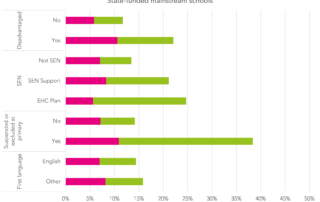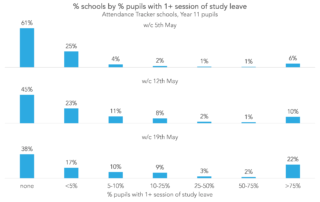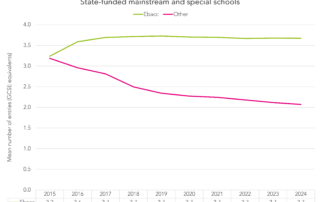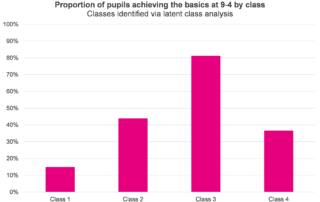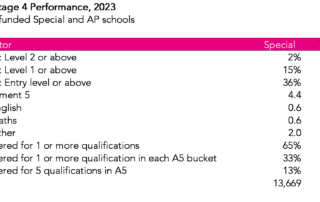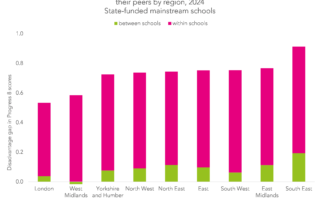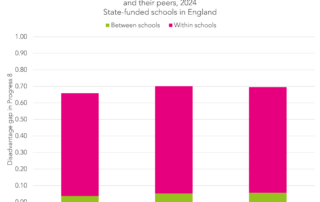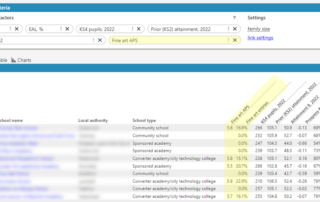Three options for reflecting pupil movements in Key Stage 4 performance measures: Part one
We set the scene for measuring pupil mobility alongside secondary school performance indicators and examine how many pupils change schools between Year 7 and Year 11.



